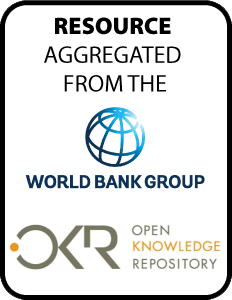Resource information
Most of the poor in Sub-Saharan Africa
live in rural areas where agriculture is the main income
source. This agriculture is characterized by low performance
and its productivity growth has been identified as a key
driver of poverty reduction. In Niger, as in many other
African countries, productivity is even lower among female
peasants. To build policy interventions to improve
agricultural productivity among women, it is important to
measure the potential gap between men and women and
understand the determinants that explain the gap. This paper
uses the Oaxaca-Blinder decomposition methodology at the
aggregate and detailed levels to identify the factors that
explain the productivity gap. The analysis finds that in
Niger on average plots managed by women produce 19 percent
less per hectare than plots managed by men. It also finds
that the gender gap tends to be widest among Niger's
most productive farmers. The primary factors that contribute
to the gender productivity gap in Niger are: (i) farm labor,
with women facing significant challenges in accessing,
using, and supervising male farm labor; (ii) the quantity
and quality of fertilizer use, with men using more inorganic
fertilizer per hectare than women; and (iii) land ownership
and characteristics, with men owning more land and enjoying
higher returns to ownership than women.


